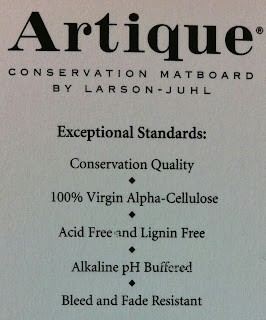Thank you for reading the very first blog post from Wall Decor and More!
We are a small, family owned business in Lethbridge, Alberta, Canada, that specializes in custom picture framing. We also carry a selection of local art and gift-ware from around the world. You can learn more about our journey to custom framing in the "About" section of our website: www.walldecorandmore.ca.
We are pleased to be celebrating ten years in business this year and look forward to another ten years. To celebrate, we have started this blog to share with you the knowledge that we have gained over these years and keep you up to date on the new things that we learn each day. The world of custom framing is exciting and ever changing. Although there are many methods that are time tested, each new project brings with it a new challenge and we are committed to creating a piece that is uniquely YOU.
We are excited to continue this journey and through this blog, we hope to give you greater insight into our craft and to help you make informed decisions about your framing choices. There is so much more to a framing package than meets the eye. If you'll forgive the saying, we want you to know what you are really getting with "that perfect frame."
Every framing project is unique. The style and colour combinations are one consideration, but behind the scenes are a number of factors that will determine the performance of the framing package. A poster of a teen heart-throb or favourite movie may not require the museum quality mats and backing or conservation glass that will help an expensive, original art piece stand the test of time. We will post about these differences and share examples of our favourite projects with you. We will also let you know how you can frame more than just paper!
We hope that you will enjoy the blog, but we would also love to see you in person!
You can visit us in the historic Connaught building in Lethbridge, AB.
Lethbridge, Alberta
930am - 500pm
Monday - Saturday
We would pleased to guide you through the options available to give your art piece or collectible a framing package that is appropriate in style, performance and price! Visit our website where you can read artist biographies, check out new gift-ware and subscribe to our newsletter. You can also visit us on Facebook by clicking HERE.
This post by: Megan
Edit: Originally posted on July 13, 2013


























